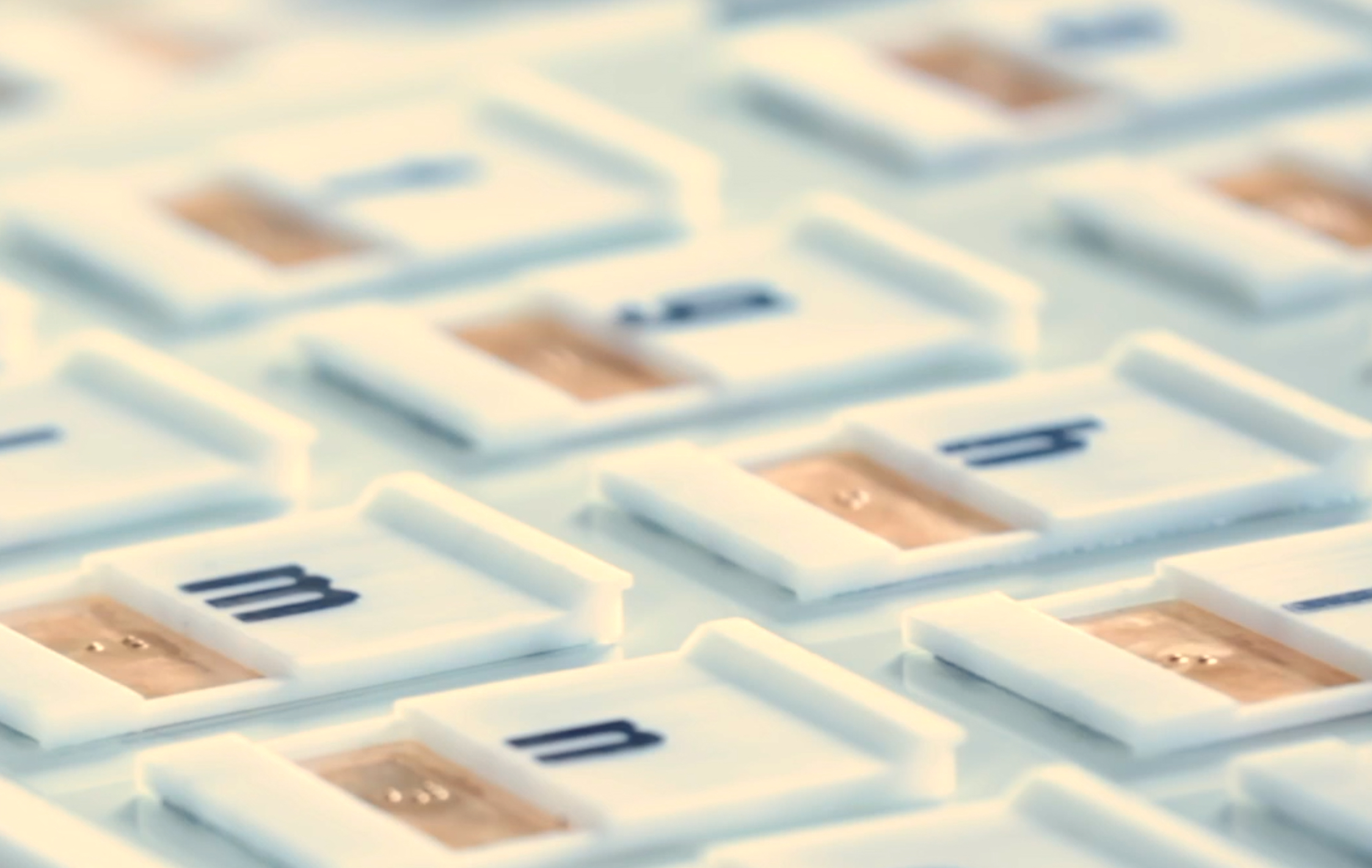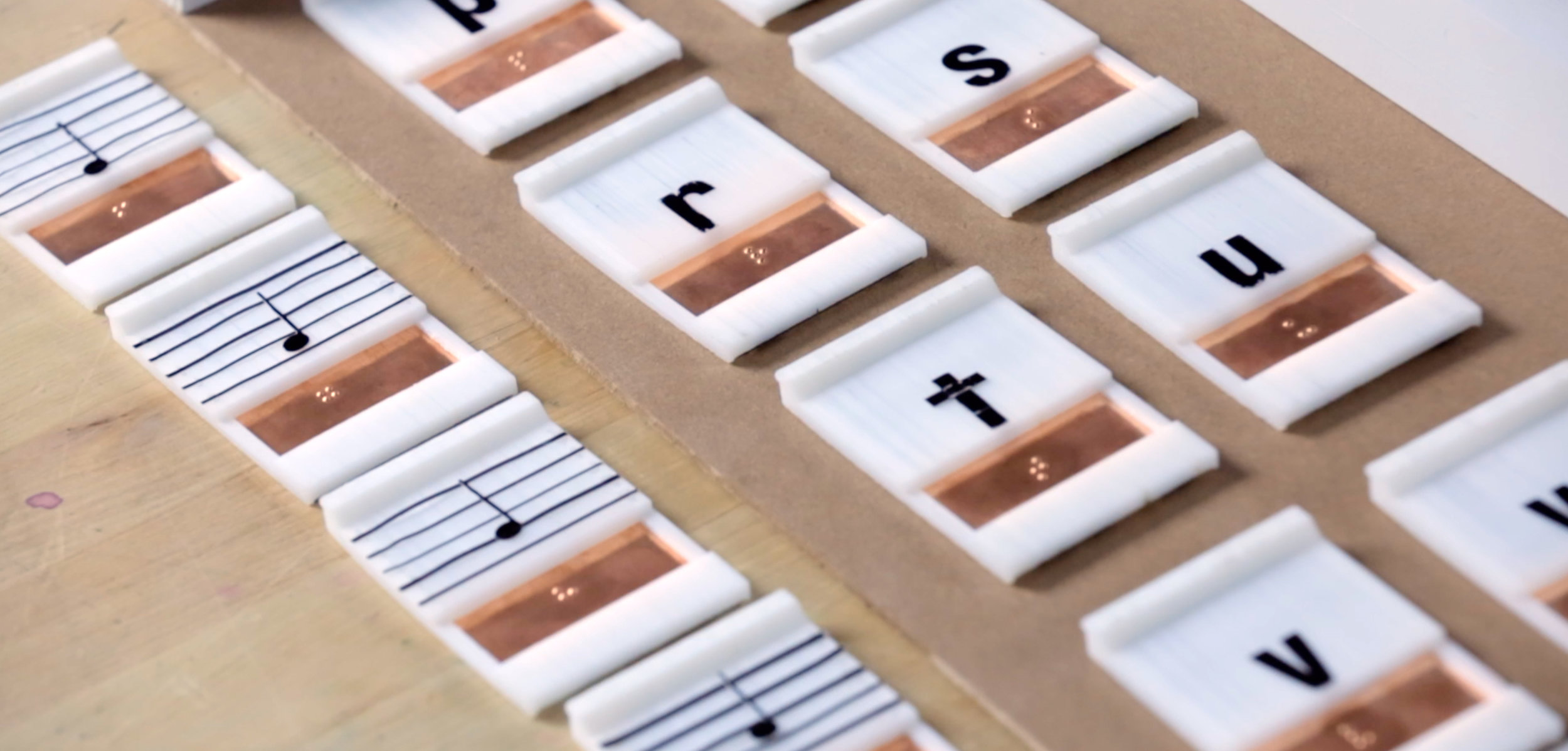"The Read Read can change the course of history for blind and visually impaired students"
-Kate Crohan, Braille and Technology Teacher, Perkins School for the Blind
A breakthrough technology developed at the Harvard Innovation Labs and piloted at the Perkins School for the Blind is now available on Kickstarter.
The device allows people who are visually impaired or blind to learn and practice literacy skills independently, using the same best-practice techniques used by Teachers of Students with Visual impairments and Blindness (TVIs).
The Read Read™, a patent pending physical learning platform, allows learners to interact with physical manipulatives that have large print and braille. Unlike traditional manipulatives, which require constant guidance from an expert, The Read Read™ provides students with immediate audio feedback that allows them to learn and practice foundational reading and/or braille skills independently.
A user places a letter tile on the conductive, magnetic grid, and then touches the conductive strip under each large print letter. When touching the strip, The Read Read™ can articulate the letter’s name, or the sound that the letter makes, depending on the mode. The conductive strip contains sturdy braille, so that users can learn and practice braille and braille literacy independently, in school or at home. The Read Read™ uses high-quality audio recorded by a professional voice actress, instead of synthesized computer speech. Students and teachers love the high-quality audio.
Classroom teachers who have never taught visually impaired students can use The Read Read™ to effectively teach visually impaired students because its interface aligns with existing best-practice phonics instruction. Teachers immediately understand the value of the Read Read and how it can be used to help blind and visually impaired students learn to read in a way that wasn't previously possible.
The Read Read™ was piloted for 12 weeks at the Perkins School for the Blind, with students who are blind, students who are visually impaired, and students who are on the Autism spectrum. One older student, who is blind, touched the braille on one of the Read Read’s tiles for the first time, heard the immediate audio feedback, and exclaimed, “WOW! THAT’S HUGE! THAT’S REALLY COOL! I LIKE IT!”
Another student, who is blind and on the Autism spectrum, had struggled to learn the first ten letters of the alphabet all year long. Being on the Autism spectrum meant that taking traditional direct instruction was extremely challenging, and left the student unable to learn braille. The immediate audio feedback and exploratory platform provided by The Read Read™ allowed the student to practice braille with minimal guidance, and learn the first 10 letters of the alphabet after only 2 days, practicing less than 20 minutes each day.









